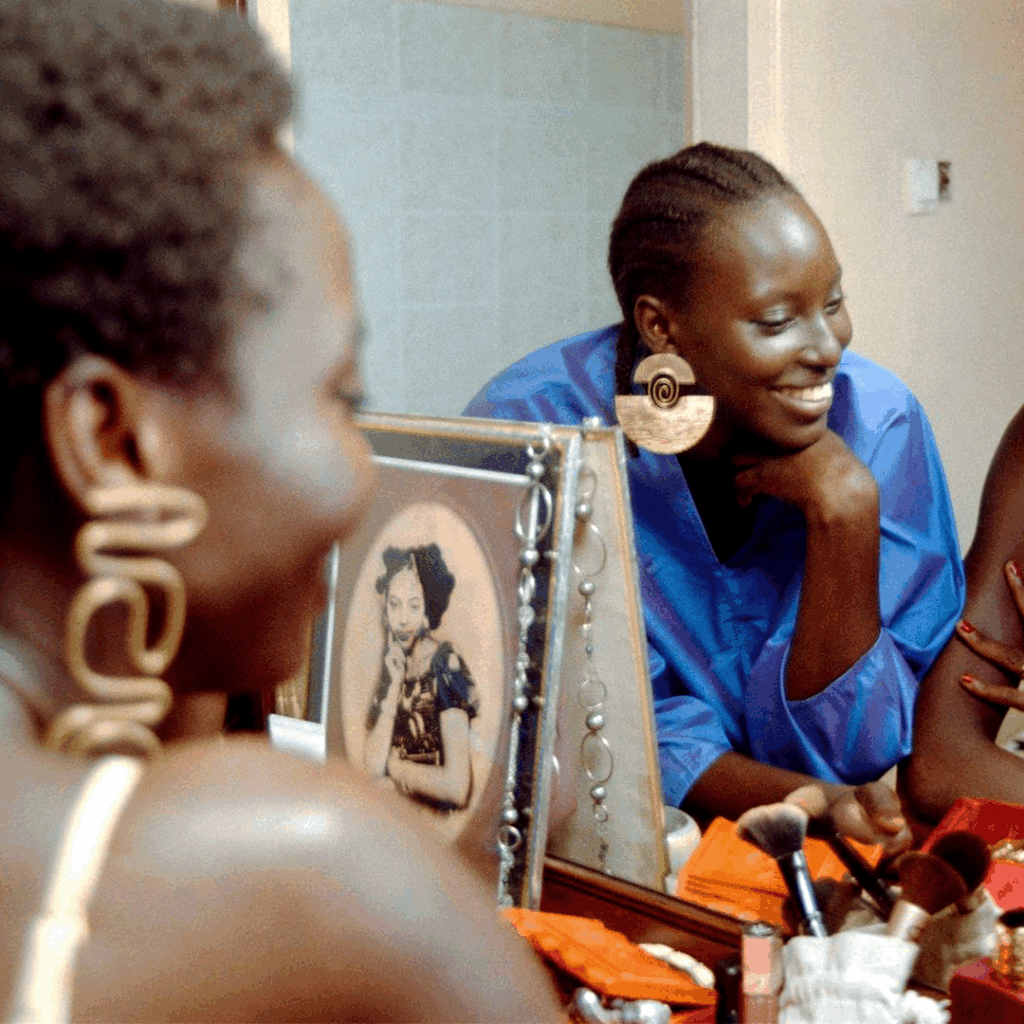
Mariam Racine didn’t plan to become a jewelry designer. Her path to founding IFTIIN—a studio crafting bold, artisan-made bronze jewelry rooted in African heritage—wasn’t a straight line, but a series of reflections, reckonings, and rediscoveries.
“It really started with an unexpected job loss,” she says. “That economic dismissal turned out to be a blessing in disguise. It gave me a moment to ask: What now? What do I really want to create?”
Born and raised in France to Somali and Senegalese parents, Mariam’s story is one of cultural complexity, artistic defiance, and emotional memory.
“I am a fruit of heritage and cultural diversity,” she says, simply. “Somali. Senegalese. French. I’ve lived most of my life in France, but I carry all of these identities with me. They inform how I see beauty, how I create, and how I express myself.”
For five years, she worked in communications, a field she describes as polished but at times soulless.

“There’s so much uniformity in the visuals, in the messaging—it’s often too clean, too perfect, too commercial. But in my personal life, I was seeing a shift. People around me were reconnecting with meaning. They wanted to buy things that had a story. That meant something.”
The seeds for IFTIIN had been planted long before her professional pivot—first at home, in the quiet intimacy of her mother’s jewelry box.
Jewelry as Language
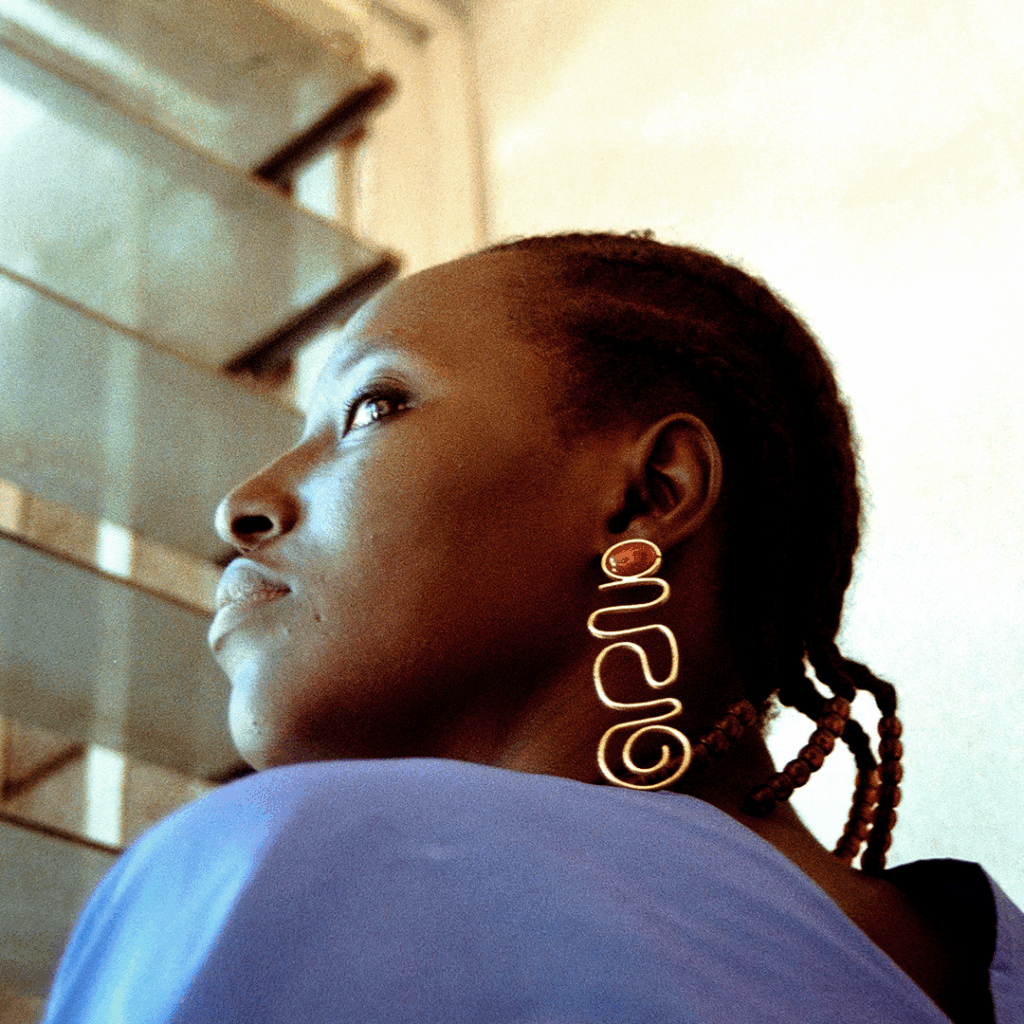
“I grew up watching my mother wear the most stunning pieces—bold earrings, layered necklaces, chunky bangles. She never traveled without bringing something back—jewelry.” Mariam speaks of her mother, with reverence. “She didn’t just wear jewelry. She spoke through it. She expressed who she was—regal, proud, feminine, unapologetic. I used to borrow her pieces constantly. They were my first form of self-expression.”
In adolescence, Mariam began developing her own visual language, mixing her mother’s heritage pieces with contemporary French styling.
“I wasn’t drawn to clothes the way others were. I expressed myself through jewelry. It was my way of saying: this is who I am today. Some days bold, other days delicate. But always intentional.”
This intuitive relationship with adornment is a tradition shared by many African women. From the layered silver of Tuareg queens to the beaded necklaces of the Maasai, jewelry has always been more than ornamentation—it is identity, history, and power worn on the body.
“I think we’ve always used jewelry to speak, to assert ourselves, to honor where we come from,” Mariam reflects. “I wanted IFTIIN to continue that conversation—but on our own terms.”
Returning to Senegal, Reclaiming the Narrative
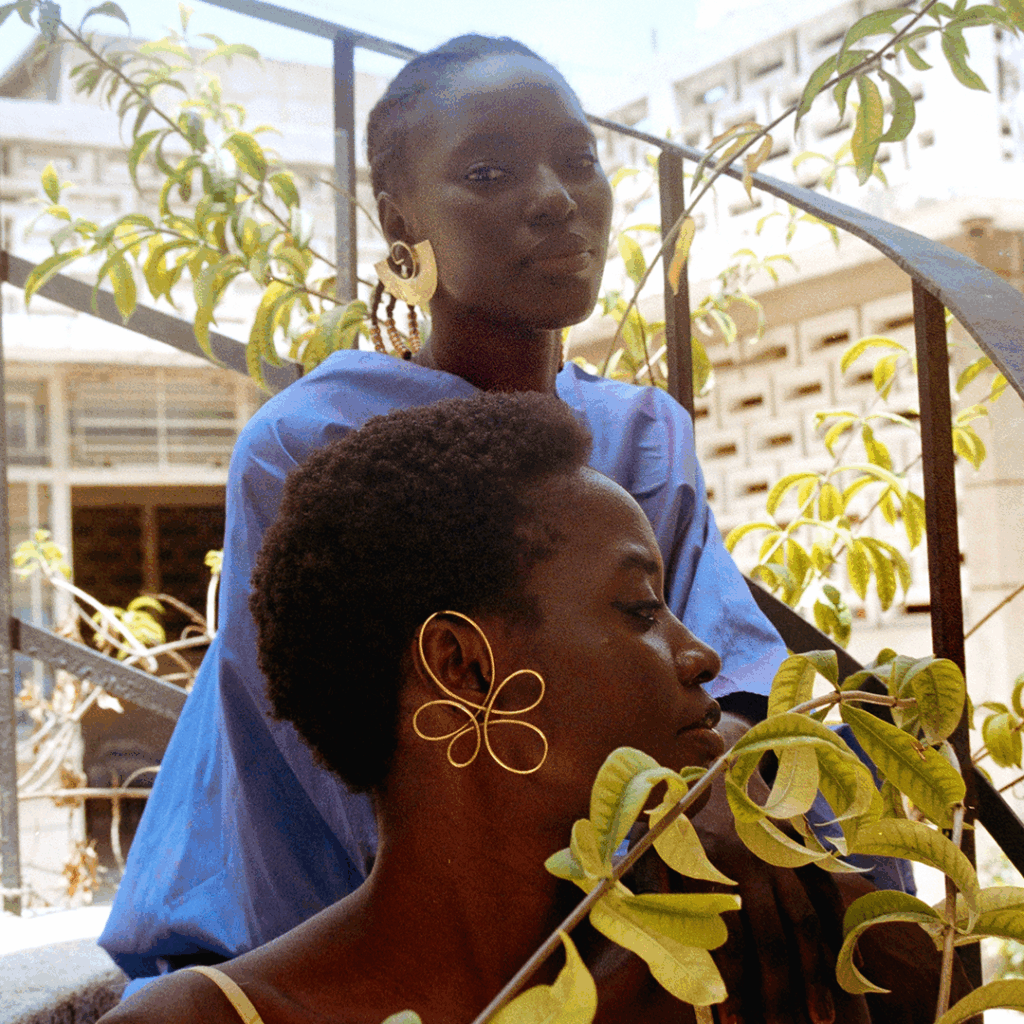
While her Somali identity shaped her early years, it was her decision to move to Dakar as a young adult that deepened her connection to her Senegalese heritage.
“I wanted to discover Senegal for myself—not through the lens of family expectations, but with fresh eyes. That time changed me. I saw how rich the artisanal tradition is. Jewelry-making, sculpture, metalwork—it’s everywhere. But it’s also under-appreciated.”
What struck her most was the disconnect between how craftsmanship is celebrated abroad and how it’s perceived at home.
“In Europe, artisanship is elevated. In Africa, it risks becoming invisible. I remember thinking: Why isn’t this given the same value here? That’s when I knew I wanted to work with local artisans—not just to collaborate, but to elevate and honor their skills.”
Today, IFTIIN partners with a seasoned Senegalese bronze jeweler whose knowledge spans generations.
“He learned from his father, who learned from his grandfather. This is a living archive. It’s cultural memory passed through hands, not books. And that deserves recognition.”
A Bridge Between Worlds
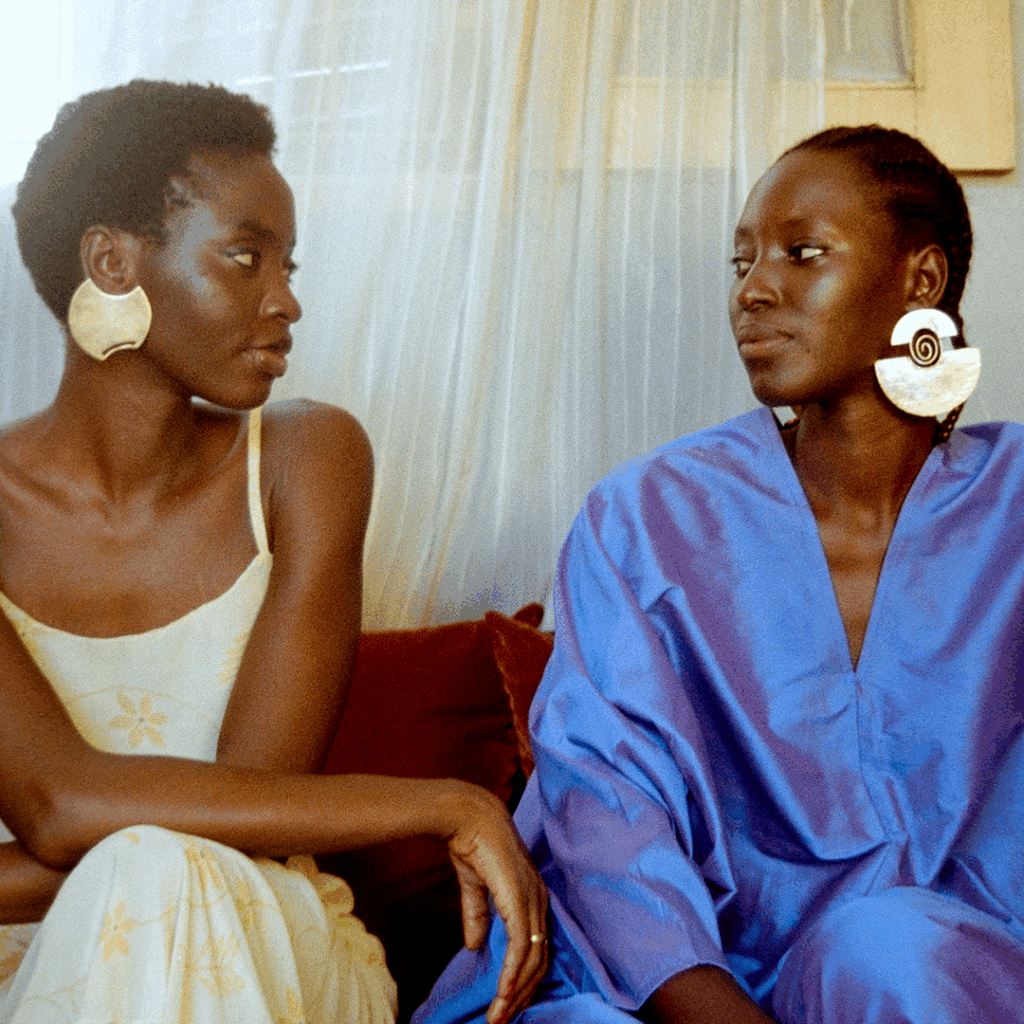
“IFTIIN is a project deeply rooted in transmission. As a woman of Senegalese-Somali descent raised in France, I carry a mixed legacy that’s both beautiful and complex. Like many second or third-generation immigrants, I’ve faced moments of identity crisis—moments where you don’t really know where you’re from, or who you are.”
Creating IFTIIN became her way of reclaiming that heritage.
“Through IFTIIN, I began rediscovering Senegal. The richness of the culture, the symbolism in everyday gestures, the way women wear their jewelry—there’s a story in everything. In Africa, adornment isn’t about simplicity—it’s maximalism, symbolism, pride. Jewelry marks every major moment—birth, marriage, even death. Whether in Somalia or Senegal, the culture of ornamentation is strong.”
IFTIIN emerged as a bridge—a space where landscapes, histories, and forms converge.
“I draw inspiration from everything I see: ancestral symbols, traditional jewelry, nature, the silhouettes of the land. I want my creations to carry all of that. Circular lines to represent the cycles of life, the phases of the moon—a sense of perpetual rebirth. But also, a reminder that cycles can break and begin anew.”
IFTIIN’s debut collection, Éclat d’héritage (Heritage Spark), embodies Mariam’s journey—personal, cultural, and creative. In Somali, Iftiin means light. The word symbolizes clarity, presence, and ancestral glow. For Mariam, it perfectly encapsulates her vision: creating pieces that not only illuminate the wearer, but also shine a light on African craft traditions often overlooked.
“Jewelry carries more than beauty—it carries story,” she says. “The gestures, the memories, the whispers passed through generations. Éclat d’héritage is my way of honoring that lineage and expressing my light through it.”
Each handcrafted piece—rings, necklaces, cuffs in raw bronze—is designed to provoke conversation and embody meaning. “You don’t just wear these pieces—you feel them. They speak before you do.”
Héritage Brute ( Raw Heritage ) : Fire, Form, and Feeling

Now preparing to launch her second collection, Héritage Brute, Mariam is diving even deeper into raw memory and ancestral symbolism. “This collection is raw, unapologetic. It’s about grounding ourselves in what’s real—our origins, our inherited strength, our ability to create.”
Each piece in Heritage Brute is sculpted in bronze, shaped by fire, and finished by hand. The process honors imperfection.
“In our traditions, ornaments were never just about beauty—they held symbolic power. Our heritage doesn’t follow perfect lines. It’s not polished or pristine. It’s strong, textured, and truthful. Fire doesn’t erase—it reveals. Like time, it leaves marks. And every mark tells a story.”
In Héritage Brute, nothing is hidden. Every groove is an imprint, every edge a memory. It’s jewelry that celebrates instinct, embraces the unrefined, and wears the story of transformation on its surface.
“I want these pieces to feel like extensions of self—fluid, evolving with the person who wears them, shaped by time and experience. It’s about reconnecting with the wild, intuitive parts of ourselves.”
Beyond Borders
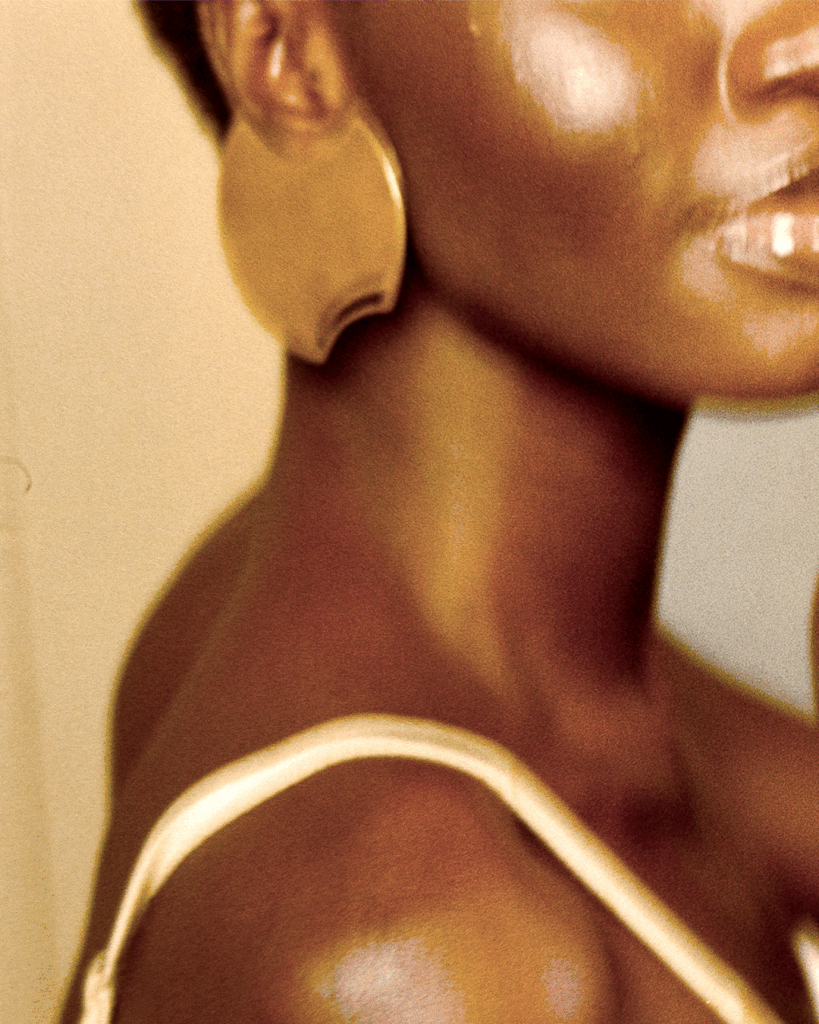
IFTIIN is proudly African—but Mariam sees its message as universal. “Even if the designs aren’t from your culture, there’s always a thread you can relate to. A memory. A feeling. We all carry heritage. We all inherit stories.”
Her long-term vision is to grow IFTIIN globally, without losing its soul. “I want it to stay handmade. To keep working with artisans. But I also want more people to feel that connection. To realize that this isn’t just African—it’s human.”
For Mariam, the studio is more than a brand. It’s a light she’s chosen to share, one piece at a time.
From Dakar to Mogadishu to Paris—from past to present, from mother to daughter—IFTIIN is a living archive. A reminder that even in unexpected endings, new beginnings are always possible.
It’s a story of return. Of reclamation. And above all, of radiance.
Get stories like this in your inbox. Sign up for the Guzangs newsletter to discover more African creatives redefining heritage, style, and identity.





